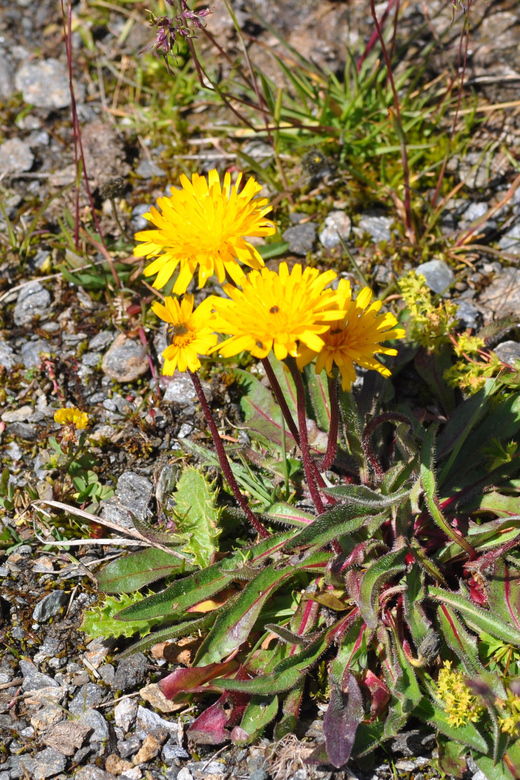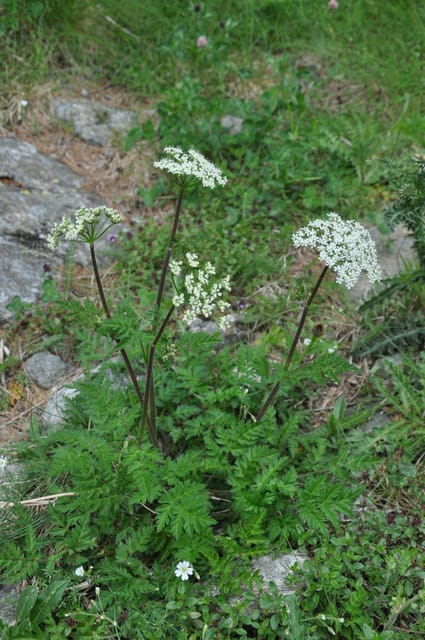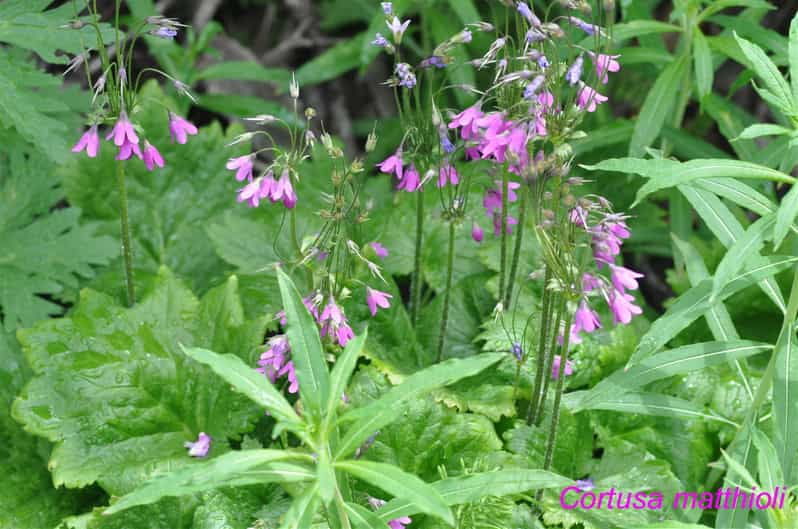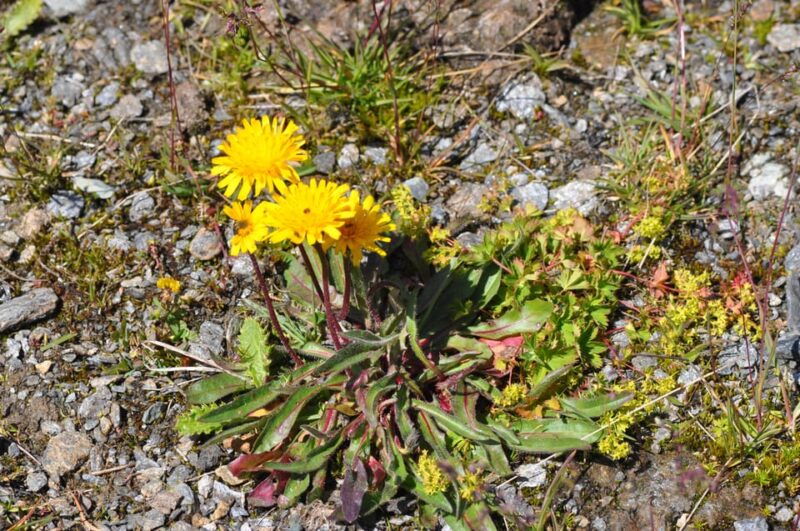Exploring Edible Spontaneous Plants in Aosta Valley: A Practical Review
Imagine wandering through lush meadows in the stunning Aosta Valley, discovering wild plants that you can actually eat and use in your kitchen. That’s precisely what this edible spontaneous plants tour offers — a chance to connect with nature while learning practical skills you can take home.
We’re drawn to experiences that combine education, nature, and delicious food, and this tour hits all three. We love the expert guidance, the chance to see native flora up close, and the fact that you come away with photos and recipes to try later. Plus, being in Italy, the local cuisine and fresh ingredients make this more than just a botany class — it’s a full sensory experience.
One thing to keep in mind is that the tour is weather-dependent; lessons don’t run in heavy rain. Also, the cost might seem high at first glance, but considering it includes guiding, a local lunch, and a unique skill set, the value is quite good.
This experience suits nature lovers, curious cooks, eco-minded travelers, or anyone intrigued by wild foods — especially those who enjoy light hikes and want a memorable, hands-on day outside.
Key Points
- Expert Guide: A knowledgeable specialist leads the group, ensuring safety and clarity when identifying plants.
- Educational Focus: You’ll learn to distinguish at least 25 edible species, with opportunities for more during subsequent outings.
- Practical Skills: Collect plants responsibly and incorporate them immediately into tasty dishes.
- Photogenic Journey: Capture beautiful photos of native flora to remember your trip.
- Local Cuisine: The day includes a typical Aosta Valley lunch, highlighting regional flavors.
- Accessibility & Flexibility: The tour is wheelchair accessible, pet-friendly, and offers flexible booking options with free cancellation.
An In-Depth Look at the Edible Plants Tour in Aosta Valley

A Chance to Connect with Nature in a Unique Way
This tour, organized by Valle d’Aosta Nature, offers a blend of botanical education and culinary adventure, all set in the breathtaking scenery of Italy’s Aosta Valley. It’s designed for small groups (up to 25 people), so it feels intimate and personalized, especially with a specialist guiding you every step of the way.
The starting point is accessible easily from Aosta’s train station — just hop on a local bus that takes you to the designated meeting spot. With a duration of about four hours, this is a perfect half-day activity, giving you enough time to explore without feeling rushed.
What Makes This Tour Special?
The real charm lies in the hands-on approach. You won’t just see plants from afar; you’ll learn how to identify them correctly, paying careful attention to avoid poisonous look-alikes. The guide, whose expertise is emphasized, patiently explains the distinguishing features of each species, making sure you’re confident before collecting.
You’ll be shown a variety of edible plants, and after identification, you can pick them responsibly, ensuring no damage to the environment. The tour emphasizes sustainable foraging — collecting only what you need and avoiding any harm to the lawns or flora.
The Botanical Education
Most participants report that they leave with a solid foundation in recognizing at least 25 wild plants, which is impressive for a one-day lesson. The guide’s approach is practical and clear, focusing on simple tips to tell edible species apart from poisonous ones. Many reviews mention that the guide is very attentive, with one noting, “They made sure everyone felt comfortable and safe when collecting plants.”
You’ll also learn about the plants’ culinary uses, which adds a delicious dimension to the experience. Several reviewers appreciated the immediate tastings, describing the plants as “surprisingly tasty” and “a new way to enjoy nature.”
The Culinary Element
After the plant walk, the group heads to a nearby restaurant for a traditional Aosta Valley meal — a nice touch that ties the day together. The food features regional ingredients, and the dishes often incorporate some of the wild plants you’ve just learned about, giving you practical ideas for using your new knowledge back home.
Practical Details and Logistics
The price is set at $341 for a group up to 25 people, which breaks down to about $13.60 per person — quite reasonable considering the value of guided outdoor education plus a regional meal. For smaller or larger groups, the guide charges €180 per day for up to 6 persons, then adds €20 per person afterward, giving some flexibility.
Participants are encouraged to wear light hiking clothing and waterproof shoes, as the terrain can vary. The tour is wheelchair accessible and pet-friendly, which broadens its appeal. The lesson is conducted in English and is canceled in case of heavy rain, so good weather is a must for best experience.
What’s Included and What’s Not
Your fee covers guiding and lessons, but transport, lunch, and drinks are paid separately. The lunch, a highlight for many, costs around €25, featuring regional specialties that complement the natural theme of the outing.
Looking for more options in Ayas? We've reviewed plenty of other experiences.
The Experience: A Day in the Life of a Wild Food Enthusiast

Imagine the scene: a crisp mountain morning, the scent of pine trees, and a guide pointing out various plants, explaining how to recognize their leaves, stems, and smells. We loved the way the guide patiently differentiated edible plants from look-alikes, especially when discussing the few poisonous species to watch out for.
The group moves across meadows, hillside patches, and forest edges, with the guide sharing local stories and tips for sustainable foraging. As we collected a variety of plants, many participants commented on how approachable the process felt — no need for prior botanical knowledge, just a keen eye and willingness to learn.
Once back at the restaurant, the collected plants are incorporated into dishes, allowing everyone to taste the results of their effort. The fresh, regional flavors combined with the wild ingredient notes make for a memorable meal that’s both rustic and refined.
Photographic opportunities abound — vibrant greens, delicate flowers, and rustic landscapes — giving you plenty of material to share later. Several reviews mentioned that the photos taken during the tour are “beautiful, natural, and truly capture the spirit of Aosta’s wild flora.”
Additional benefits include gaining knowledge that can be used in your own kitchen or while foraging on future walks. Many visitors appreciated the confidence they gained in plant identification, describing it as “a skill that makes outdoor walks more meaningful.”
Who Will Love This Tour?

This experience is perfect for nature lovers, culinary enthusiasts, and adventure seekers looking for a day outdoors with a purpose. It’s ideal for travelers who want an educational activity that’s both fun and practical.
Eco-conscious travelers will appreciate the emphasis on sustainable foraging and environmental respect. If you’re traveling with family or friends, the group size and accessibility features make it a flexible option for most visitors.
However, those expecting a purely hike-focused day without lessons or tasting might find it more educational than physically demanding, which is worth noting if you plan to go in heavy rain or prefer more strenuous outdoor activities.
Final Thoughts: Is It Worth It?

This edible plants tour offers a unique blend of botany, local cuisine, and outdoor adventure. With expert guidance, you’ll not only learn to identify edible flora but also gain confidence in foraging responsibly and adding wild ingredients to your cooking.
The value lies in the combination of educational content, regional food, and the chance to connect with nature in a meaningful way. It’s especially rewarding for curious travelers who enjoy hands-on experiences and scenic walks.
The inclusive atmosphere, small group size, and flexible booking options make it a smart choice for a memorable half-day outing in the Aosta Valley.
If you’re looking for an activity that’s both fun and educational, and want to bring home more than just photos, this tour is well worth considering. Just remember to dress appropriately and plan around the weather — you’ll thank yourself when you’re tasting wild plants that you’ve just learned to identify.
More Great Tours NearbyFAQ
Is the tour suitable for children or seniors?
Yes, the tour is accessible for people with wheelchairs and pets, making it suitable for a broad age range, provided they’re comfortable with light hiking and outdoor activities.
What should I wear?
Light hiking clothes and waterproof shoes are recommended, especially since the terrain can be uneven.
Can I participate if I don’t have botanical knowledge?
Absolutely. The guide’s instructions are clear, and no prior experience is necessary to learn and enjoy the activity.
What is included in the price?
Guiding and lessons are included, but transport, lunch, and drinks are paid separately.
How many plants will I learn to identify?
You will learn how to distinguish at least 25 edible plant species, with opportunities to recognize more during future outings.
What if it rains heavily?
The lessons are canceled if weather conditions are too severe. It’s best to check the forecast and dress accordingly.
Is the tour family-friendly?
Yes, with its accessibility and relaxed pace, it’s suitable for families with children or older travelers.
Can I take photographs during the tour?
Yes, the scenic landscapes and plants are perfect for photos — many reviews highlight the beautiful pictures taken.
How long does the tour last?
Approximately four hours, including the walk and the meal.
How do I book?
You can reserve now and pay later, with free cancellation up to 24 hours before the tour.
To sum it up, this edible spontaneous plants tour offers a delightful mix of outdoor activity, culinary discovery, and environmental respect. Whether you’re a foodie, a nature lover, or just curious about wild plants, it provides a meaningful, fun way to spend a day in the stunning Aosta Valley.
You can check availability for your dates here: